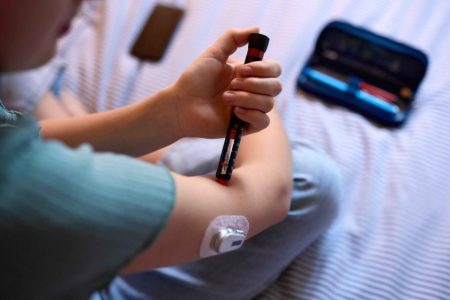The local government is advancing the Macao Women’s Development Goals for 2026 to 2032, according to media reports.
Key priorities were outlined yesterday by Hon Wai, vice-chairperson of the Women and Children Affairs Committee and director of the Social Welfare Bureau (known by the Portuguese abbreviation IAS).
The focus will be on physical and mental development, creating a family-friendly environment, enhancing social participation, and promoting gender equality. Public consultation is currently ongoing to refine the final draft.
This announcement was made at the “Beijing+30” session held at the Macao Science Centre, where Hon reported that all 278 action plans from the first phase (2019 to 2025) had been implemented.
Notable achievements include increased public awareness of gender issues, equitable labour policies, and enhanced opportunities for women’s advancement, said Hon.
[See more: Macao women are under significant financial and work-related stress, survey finds]
According to the IAS, comprehensive medical coverage has significantly improved women’s health standards, with local life expectancy ranking among the world’s highest.
Moreover, the proportion of women in higher education in Macao continues to rise. Local employment policies create a fair and mobile job market for women, Hon said, with a gender pay gap that ranks among the world’s lowest.
At the session, attendees also discussed strategies to boost women’s participation in social and political spaces and highlighted the importance of recognising the contributions of stay-at-home mothers.
Introduced in 2019, the initial seven-year plan has seen collaboration among 21 government departments to align with national women’s development objectives.
Key initiatives include modernising domestic labour roles and addressing inter-generational conflicts, alongside new pro-natality measures such as nursery schemes and parenting courses for new parents.






